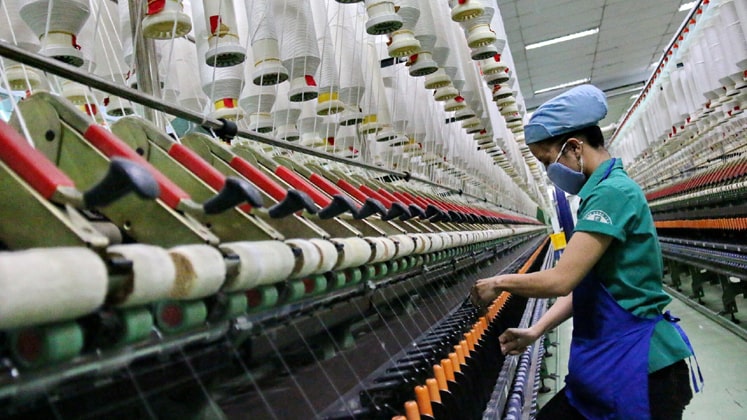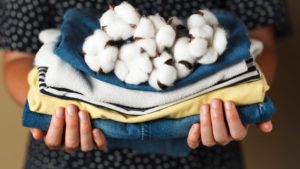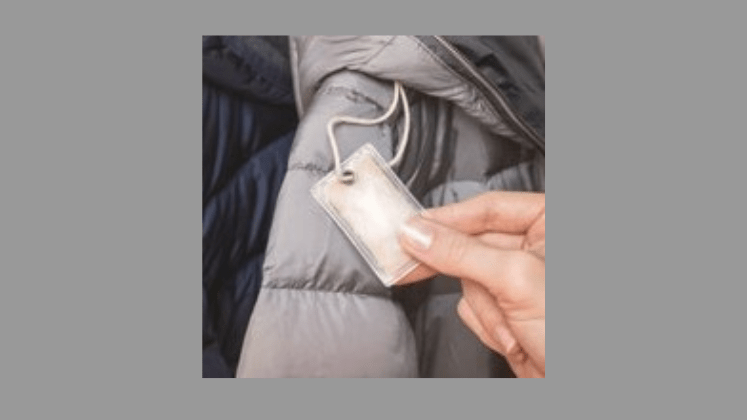
Not a single country across the globe seems to have escaped the wrath of COVID-19 and this has now terribly affected almost every business in every country.
The apparel and textile makers too are now facing the heat of the fast reducing business opportunities – in particular those located in top manufacturing countries.
Vietnam, the third largest apparel manufacturing destination in the world, is one of them and, to show the future direction to the country’s business owners, ECV International, a leading business event organiser, organised a webinar recently which was themed – “Latest Development of Vietnam Textile and Apparel Industry Under New Background.”
The webinar had three sessions: (1) Deep analysis of COVID-19’s impact on Vietnam textile & apparel industry and how Vietnam Government is responding to the COVID-19; (2) How will Vietnamese manufacturers survive amidst COVID-19 and revive Post-COVID-19; and (3) Now and Future: What kind of uncertainty and challenges will the COVID-19 pandemic bring to the textile and apparel supply chain?
The first session included Chairman – Nguyen Van Tuan – and Vice Chairman – Nguyen An Toan – of Vietnam Cotton and Spinning Association (VCOSA).
Both the presenters explained the impact of COVID-19 on Vietnam and highlighted a major issue that due to cancelled apparel orders from EU and USA, apparel factories switched to new product categories such as masks or PPE but spinners couldn’t do the same.
In May ’20, spinners have reduced 50 per cent capacity as no orders are there and the factories are applying to the Government agencies for the financial support regulated by Decrees with several incentives in order to stay survived.
“The Government has issued several incentives in the form of the tax breaks, delayed tax payments and delayed land-use fees for the businesses impacted due to COVID-19 outspread,” commented Van Tuan.”
It was also clear from the well-explained recession curve shown during the session that if COVID-19 is controlled by December this year, the industry would take 18-24 months to recover, else the recovery period will be as long as more than 2 years.
The second session was presented by Pawan Gupta, Country Manager, Cortex Textiles Ltd. wherein he started with highlighting the strength and demographics of Vietnam to set up an introduction about the country and its apparel and textile industry.
“A hit of 30 per cent on garment exports is expected this year and that would translate to a loss of US $ 10-12 billion to Vietnam in 2020, if not more,” predicted Pawan.
He further insisted that despite no major trade pacts with EU and USA for apparel exports, Vietnam was moving strong until COVID-19 disrupted the things. Besides, rising wages and labour migration to other sectors are hitting the industry hard now but PPE – HS Code 621010 – has somehow emerged as a saviour for the apparel industry.
“A lot of lessons have been learned. Vietnam needs to reduce its off-shore supply of raw material and equal impetus to spinning and weaving needs to be given as to cut and sew,” suggested Pawan.
The third and last session became quite an interactive session which was moderated by Greg Fleming, COO, Elise Fashion and the panelists were Tony Zhang, Director, Bosideng Vietnam Office along with Pawan Gupta.
All three industry’s pioneers discussed about the pertaining challenges and solutions to uplift the apparel and textile sector of Vietnam in future. Around 170 participants attended the webinar from all around the world and made it an interactive one with their queries.






